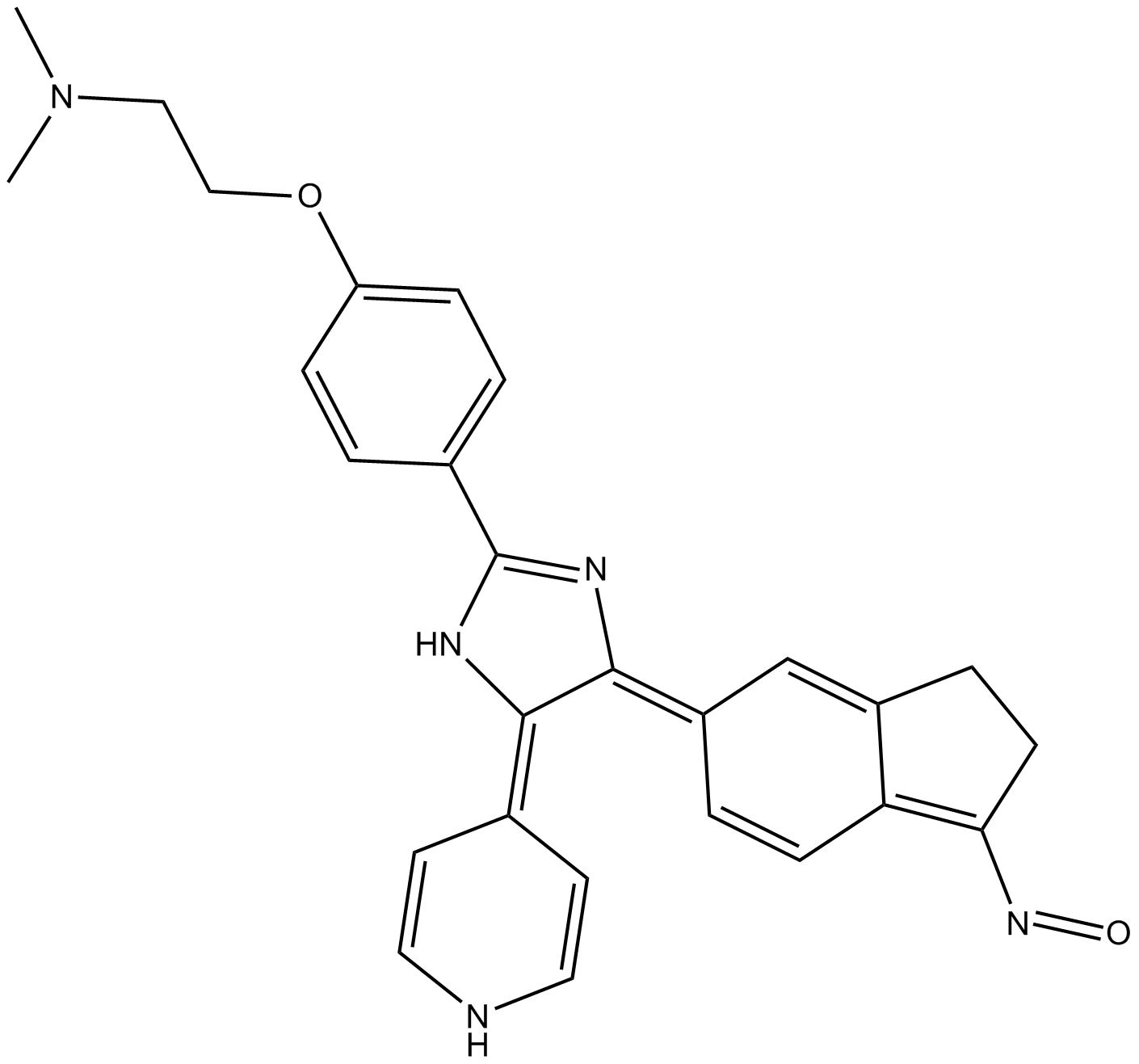Archives
br Results br Discussion In the
Results
Discussion
In the current study, both relative and absolute translucencies where measured for the test specimens. Relative translucency was measured through the ratio between the L* value of each specimen when placed against black and white dies using the Vita EasyShade Compact where ibotenic acid ratio (CR) is one of the most widely used methods to compare relative translucency. It\'s measured by the ratio of the reflectance from an object resting on a black backing to the reflectance obtained for the same material against a white backing where CR = L*b/L*w[6,7,13,15]. As CR decreases, translucency of the material increases [9].
Both core/veneer thickness ratio and interaction between core/veneer thickness ratio and veneer translucency had no significant effect on contrast ratio levels. The insignificant effect of varrying the core/veneer thickness ratio was in accordance with previous research that stated that, as translucency of a material drops below 50%, contrast ratios converge to one [15]. In the current study, all contrast ratio levels ranged from 0.95 to 0.97 which is approximating to 1. Also, Antonson S and Anusavice K[13] proved that for Procera All-Ceram, which was the least translucent core material used in their study, changing the core thickness from 0.7 mm to 1.5 mm caused only 16% decrease in relative translucency. That led to the conclusion that the translucency effect on esthetics for the least translucent ceramic wouldn\'t be significantly affected by variation in thickness.
On the other hand and regarding absolute translucency measurements, the null hypothesis was rejected where results showed significant difference in absolute translucency values with changing core/veneer thickness ratio, veneer translucency and with the interaction between both of them. Increasing the core thickness caused a decrease in transmission percentage of light and lower absolute translucency values where group  A had the highest absolute translucency level while group C was the least. It was also evident that high translucency groups always showed higher values of absolute translucency than low translucency groups among all thickness ratio groups. Those results were coincident with what was stated in a previous study when Joeng I et al[24] showed that changing the thickness and type of the veneering ceramic had a major effect on absolute translucency of bilayered zirconia restorations veneered with pressable ceramics. It was probably the higher transmission of light through the high translucency veneer compared to the low translucency one that caused the higher translucency levels for the HT groups in our study. On the other hand and regarding the core thickness, it was clear that decreasing the core thickness caused increase in the absolute translucency values. This could be attributed to the high opacity of zirconia which caused decrease in direct transmission of light as its thickness increased. This was also proved by Spink L et al[15] that showed a drop in direct transmission percentage from 68.99% to 67.88% when thickness of Vita Y-Z zirconia increased from 0.3 to 0.5 mm. They stated that as the thickness increased, light had to travel further within the material and hence, light would be subjected to increased absorption and scattering and decreased transmission. Results were also matching with what was observed by Kim H et al[25] when they noticed increase in translucency of zirconia ceramics with increasing thickness reduction.
Results of present study came coincident with what was proved by Spink L et al[15] who stated that sensitivity of direct transmission was higher than that of contrast ratio measurements where contrast ratio measures diffuse reflectance from a specimen. Contrast ratio wouldn\'t have the ability to detect small changes in light transmission if a material has a high absorbance coefficient or high scattering coefficient. They claimed that absolute translucency measured through percent transmission should be the gold standard for measuri
A had the highest absolute translucency level while group C was the least. It was also evident that high translucency groups always showed higher values of absolute translucency than low translucency groups among all thickness ratio groups. Those results were coincident with what was stated in a previous study when Joeng I et al[24] showed that changing the thickness and type of the veneering ceramic had a major effect on absolute translucency of bilayered zirconia restorations veneered with pressable ceramics. It was probably the higher transmission of light through the high translucency veneer compared to the low translucency one that caused the higher translucency levels for the HT groups in our study. On the other hand and regarding the core thickness, it was clear that decreasing the core thickness caused increase in the absolute translucency values. This could be attributed to the high opacity of zirconia which caused decrease in direct transmission of light as its thickness increased. This was also proved by Spink L et al[15] that showed a drop in direct transmission percentage from 68.99% to 67.88% when thickness of Vita Y-Z zirconia increased from 0.3 to 0.5 mm. They stated that as the thickness increased, light had to travel further within the material and hence, light would be subjected to increased absorption and scattering and decreased transmission. Results were also matching with what was observed by Kim H et al[25] when they noticed increase in translucency of zirconia ceramics with increasing thickness reduction.
Results of present study came coincident with what was proved by Spink L et al[15] who stated that sensitivity of direct transmission was higher than that of contrast ratio measurements where contrast ratio measures diffuse reflectance from a specimen. Contrast ratio wouldn\'t have the ability to detect small changes in light transmission if a material has a high absorbance coefficient or high scattering coefficient. They claimed that absolute translucency measured through percent transmission should be the gold standard for measuri ng translucency of dental ceramics.
ng translucency of dental ceramics.